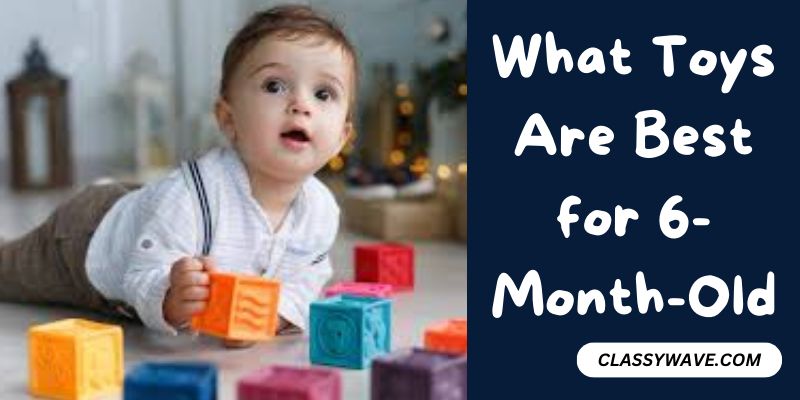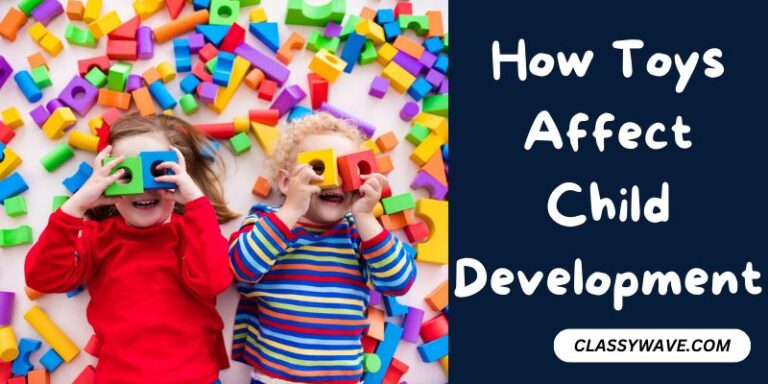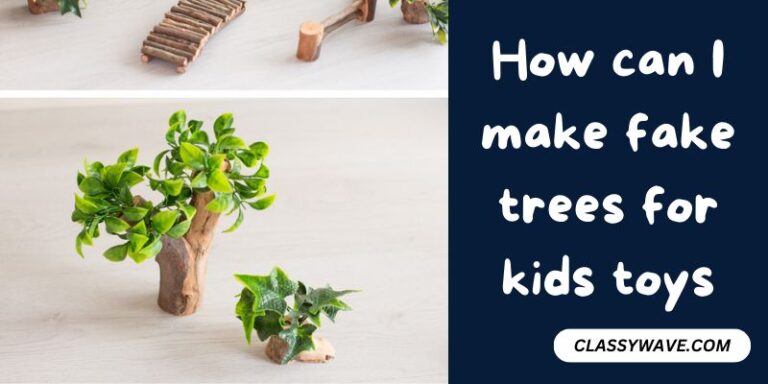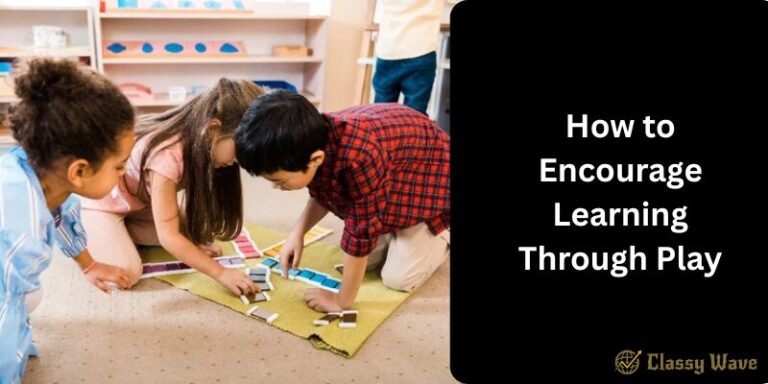What Toys Are Best for 6-Month-Old – Top Picks
As a parent or caregiver, choosing the right toys for a 6-month-old is a crucial step in fostering their development. At this age, infants are rapidly growing and exploring the world around them, making it essential to provide toys that are not only entertaining but also beneficial for their cognitive and motor skills.
Understanding the significance of age-appropriate toys is the first step towards creating a stimulating environment for your 6-month-old. These toys contribute to their cognitive, sensory, and motor development, laying the foundation for future learning.
Before we dive into the world of toys, let’s briefly explore the typical developmental milestones your baby reaches at the age of 6 months. This will help tailor your toy choices to suit their evolving needs.
Understanding 6-Month-Old Development
Cognitive Development
At 6 months, infants begin to exhibit increased curiosity and awareness of their surroundings. Choosing toys that engage their cognitive abilities is key to supporting this aspect of development.
Motor Skills
Motor skills development is a significant focus at this stage. Toys that encourage reaching, grasping, and exploring with hands and mouth play a vital role in honing these skills.
Sensory Exploration
The world is a sensory wonderland for a 6-month-old. Toys that stimulate their visual, auditory, and tactile senses contribute to a rich sensory experience, aiding in overall development.
Criteria for Choosing Toys
Safety Considerations
Safety is paramount. Opt for toys with no small parts that could pose a choking hazard. Ensure they meet safety standards and are free from harmful materials.
Stimulating Visual and Auditory Senses
High-contrast colors and gentle sounds can captivate your baby’s attention. Look for toys that offer a visual and auditory feast to engage their senses.
Tactile and Texture Engagement
Babies love to explore different textures. Choose toys with varied surfaces, promoting tactile exploration and aiding in the development of fine motor skills.
Top Toy Categories
Soft and Plush Toys
Soft toys provide comfort and companionship. Opt for cuddly friends that are easy to grasp and gentle on a baby’s delicate skin.
High-Contrast Toys
Babies are drawn to high-contrast patterns. Consider toys with bold, black-and-white designs to stimulate their developing vision.
Interactive Toys
Toys that respond to a baby’s actions foster a sense of cause and effect. Interactive toys, such as those with buttons or textures that make sounds, can be particularly engaging.
Teething Toys
Teething can be uncomfortable for infants. Teething toys made of safe materials provide relief and encourage mouthing, supporting oral motor development.
Specific Toy Recommendations
Soft Fabric Books
Soft fabric books with vibrant colors and simple illustrations are excellent for introducing your baby to the world of books.
Colorful Teething Rings
Teething rings made of safe, BPA-free materials provide comfort during teething while aiding in oral motor skill development.
Musical Mobiles
Hang a musical mobile above the crib to captivate your baby’s attention and introduce them to different sounds and melodies.
Tummy Time Mats
Encourage tummy time with soft mats featuring textures and patterns, promoting both motor and sensory development.
DIY Toy Ideas
Sensory Bottles
Create sensory bottles filled with various materials like rice, beads, or water to provide a fascinating visual and auditory experience.
Soft Fabric Blocks
Sew soft fabric blocks with different textures, allowing your baby to explore and grasp while enhancing their tactile senses.
Mirror Play
Introduce a safe, baby-friendly mirror to encourage self-discovery during playtime, fostering a sense of identity.
The Importance of Playtime Interaction
Bonding with Caregivers
Beyond the developmental benefits, playtime is a precious opportunity for bonding. Engage with your baby during play to strengthen your connection.
Enhancing Social Skills
Interactive toys and playtime interactions contribute to the development of social skills, laying the groundwork for future interactions with peers.
Promoting Language Development
Narrate your playtime activities, describe toy features, and respond to your baby’s babbles. These interactions support early language development.
Common Mistakes to Avoid
Small Parts and Choking Hazards
Inspect toys thoroughly to ensure there are no small parts that could pose a choking risk. Safety should always be a top priority.
Overcomplicating Toys
While it’s essential to offer a variety of toys, avoid overwhelming your baby with too many options. Keep it simple to maintain their interest.
Ignoring the Child’s Preferences
Pay attention to your baby’s reactions and preferences. Each child is unique, and understanding what captures their interest is key to successful toy selection.
Transitioning Toys for Future Stages
Adapting Toys for Continued Engagement
As your baby grows, adapt toys to suit their evolving needs. For example, toys that support standing or walking can be introduced as they reach new milestones.
Planning for the Next Developmental Stage
Anticipate your baby’s future developmental stages and choose toys that will continue to challenge and stimulate their growing abilities.
Conclusion
In conclusion, choosing the best toys for a 6-month-old involves a thoughtful consideration of developmental stages, safety, and engagement. By providing age-appropriate and stimulating toys, you not only contribute to your baby’s growth but also create meaningful bonding experiences during playtime.
FAQs
Are electronic toys suitable for a 6-month-old?
Electronic toys with lights and sounds can be overwhelming. Opt for simpler, interactive toys to avoid sensory overload.
How often should I rotate my baby’s toys?
Rotate toys regularly to maintain your baby’s interest. A weekly rotation can introduce variety without overwhelming them.
What safety measures should I consider when choosing toys?
Check for small parts, sharp edges, and toxic materials. Follow age recommendations and inspect toys for wear and tear.
Can I introduce educational toys at this age?
Simple educational toys that encourage exploration and interaction are suitable. Focus on sensory experiences and basic cause-and-effect.
What role does playtime have in a baby’s development?
Playtime is crucial for cognitive, motor, and social development. It fosters a connection between caregivers and infants while providing valuable learning experiences.







